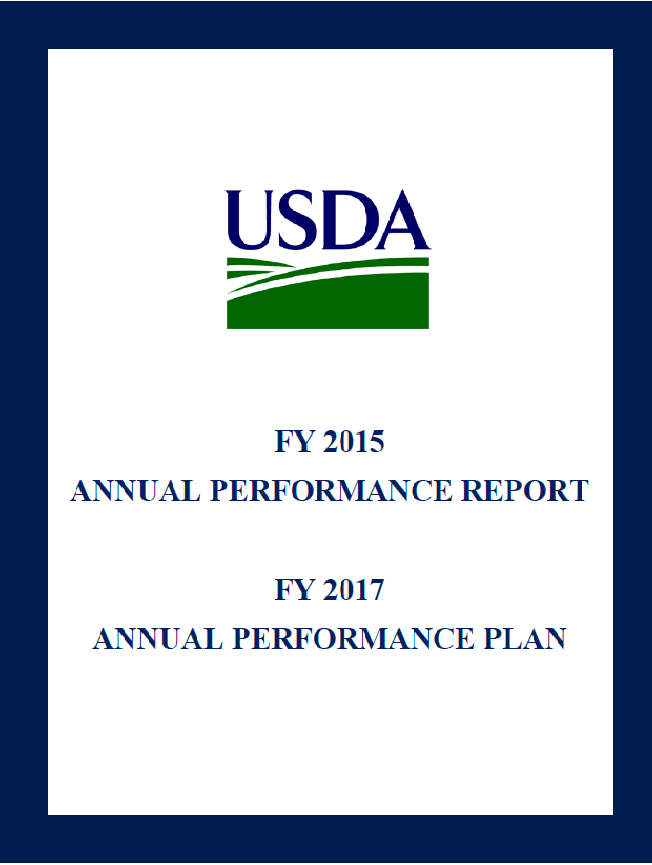- Home
- Agencies
- Department of Agriculture
- Department of Housing and Urban Development
- General Services Administration
- Department of Commerce
- Department of the Interior
- National Aeronautics and Space Administration
- Department of Defense
- Department of Justice
- National Science Foundation
- Department of Education
- Department of Labor
- Office of Personnel Management
- Department of Energy
- Department of State
- Small Business Administration
- Environmental Protection Agency
- Department of Transportation
- Social Security Administration
- Department of Health and Human Services
- Department of the Treasury
- U.S. Agency for International Development
- Department of Homeland Security
- Department of Veterans Affairs
- Goals
- Initiatives
- Programs
Primary tabs
Key to Changes
This text is Revised text
This word has been added to the text
This text is Last Published text
This word has been removed from the text
Modifed styling with no visual changes
Strategic Objective
Contribute to the Expansion of the Bioeconomy by Supporting Development, Production, and Consumption of Renewable Energy and Biobased Products
Strategic Objective
Overview
Expanding the bioeconomy creates economic opportunities and improves the environment. Biomass from farms, forests, and rangelands could supply a significant portion of U.S. transportation fuels, heat, power, and biobased products. Research, development, and demonstration are necessary to realize the potential of biomass resources. USDA efforts in this area will help reduce investor risk, support market development, and contribute to energy security, environmental quality, and economic opportunity. USDA’s efforts will include:
- Creating viable engineering, business, and financial protocols to evaluate proposed commercial renewable energy and energy efficiency projects;
- Developing superior genetic feedstocks and production and logistic systems suited to regional conditions;
- Developing advanced biomass crops and methods for their sustainable production as biofuels and other forms of biopower; and
- Providing analysis and data about commodity markets for renewable energy sources; and
USDA will create bio-economy opportunities for farmers, ranchers, forest landowners, small businesses, rural utilities, Tribal governments, and rural municipalities by providing financial and technical assistance and leveraging investments of other Federal agencies and industry. By facilitating commercialization of bio-based products, USDA will work to create green jobs and investment opportunities and expand support for commercial deployment of wind, solar, geothermal, hydro and ocean resources. USDA will:
- Support expanding production of advanced biofuels through the financing of the widespread deployment of full-scale commercial facilities;
- Support the development of integrated regional systems for the sustainable production of biofuels, biopower, and biobased products;
- Integrate renewable energy and biobased product feedstock production into sustainable agriculture, forest, and range management systems; and
- Support the establishment and production of annual and non-woody perennial crops and woody biomass crops for conversion to bioenergy and biobased products.
USDA education programs use the Nation’s public institutions, private sector partners, and the Land-Grant University System to promote and expand the workforce needed to grow the bioeconomy. USDA also has a role in educating the general public and international partners through capacity building programs, on the benefits and costs of bioenergy production and use from economic, environmental, social and sustainability perspectives.
Read Less...Progress Update
In 2015, USDA invested $100 million in the Biofuel Infrastructure Partnership (BIP), a partnership between the Government and States and private partners, to install nearly 5,000 pumps offering higher blends of ethanol nationwide. With the matching commitments by State and private entities, the BIP is investing a total of $210 million to nearly double the number of fueling pumps nationwide that supply renewable fuels to American motorists. These investments will help to create new markets for agricultural commodities, support demand and increase prices paid to farmers.
Aso, in FY 2015 USDA investments in renewable energy resulted in 85,937 million kilowatt hours generated in rural America from alternative energy sources including 1,019 kilowatt hours generated through investments from Rural Development’s Rural Business Services programs and 84,918 kilowatt hours generated through investments from Rural Utilities Service programs. In FY 2015 USDA was also on target to procure $10 million in bio-based products.








